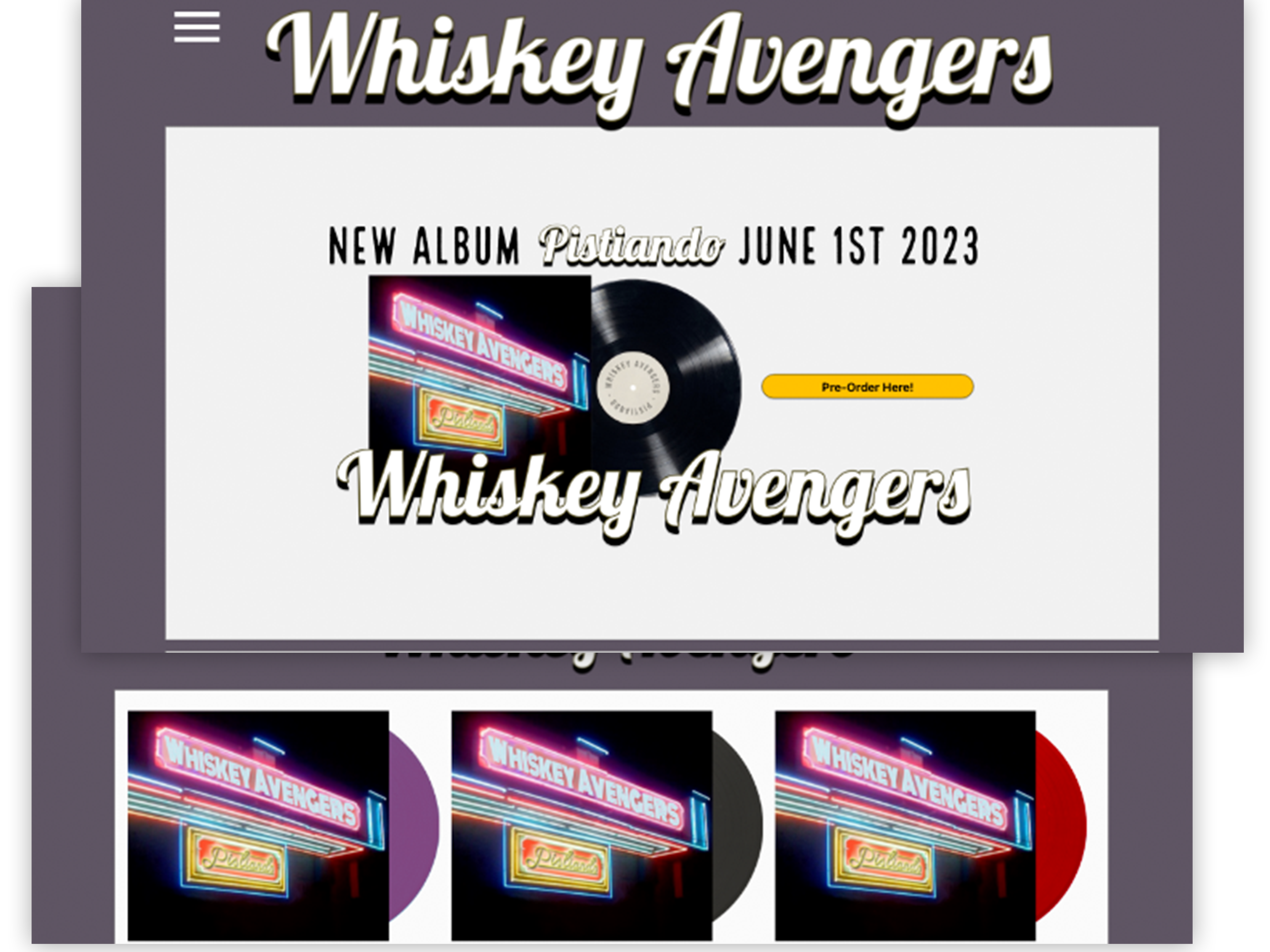The Project: A financial tutoring app and corresponding website to help teach necessary financial skills.
Project Duration: April 2023
My Role: UX Designer from conception to delivery
Responsibilities: conducting interviews, paper and digital wire framing, low and high-fidelity prototyping, conducting usability studies, accounting for accessibility, and iterating on designs
The problem: The average American owes roughly $95,000 in debt. Understanding finances can make eliminating debt more attainable for many people.
Project Vision: The project aims to teach users basic financial concepts such as debt, saving, and investing while giving projections, tips, and motivation to achieve financial freedom, regardless of income level.
I conducted interviews and created empathy maps to understand the users I was designing for and their needs. A primary user group identified through research was younger adults who made less than $60,000 annually.
This user group helped solidify assumptions about high cost of living, student loans, and various inequalities, but research showed many other reasons for financial issues. Problems included a lack of conversation around the topic, uncomfortable feelings talking about money, as well as the absence of education around the subject.
Ideation
From the competitive audit, I ideated a few sketches to address the gap in approachability seen in other finance apps.
Digital Wireframes
The initial design focused on hierarchy and the biggest pain points found during the user research.
A top status bar to visualize your goal and motivate progress.
Reminders to keep financial tasks nearby and reach goals step by step.
User Testing
The low-fidelity prototype for the primary user flow was connected and used in a usability study.
View the low-fidelity prototype here.
Results
1. Simplicity: Users wanted a way to import receipts.
2. Recognition: Users wanted to have checkpoints to mark progress.
3. Automation: Users wanted to link bank accounts to automatically update.
Users asked for more recognition to mark checkpoints along the way, so I introduced Milestones to encourage and motivate.
The usability study found that manually entering information was a pain point for many users, so I added the ability to scan receipts.
Final Design
The main user flow is the same as the user study. New artboards include the scanning feature.
View the high-fidelity prototype here.
Impact:
One user said “Did you make this app for me?. My finances are all over the place.” Many people are in a similar situation.
What I learned:
The world is full of financial shortcomings, social imbalances, and political inequalities, but changing your own personal financial situation can directly impact your life, your families, and the people around you.

